Physical Education and Aesthetics
Physical Education and Aesthetics
Department Overview
Yew Tee Primary School believes that the participation and pursuit of physical activities and sports enriches students’ lives, particularly at primary level where children are still developing physically. The proper development of physical skills, practices and values will allow them to enjoy a lifetime of active, healthy living.
Similarly, developing a sensitivity for Aesthetics gives students an awareness of beauty and taste that creates memories, communicates ideas and evokes emotions so that they can better understand, engage with and navigate the world they live in. Creating art or music also engenders creativity and self-worth as students learn to reflect on and express their individuality and uniqueness.
This is why the department is committed to providing a strong foundation for every student in Physical Education, Art and Music. Physical Education and Co-curricular Activities nurture the Action component while Art and Music drives the Creativity aspect of the school’s CCLAS approach to character development.
Department Members
| Head of Department | |
| Mdm Chang Mei Cheng (Aesthetics) | |
| Subject Head | |
| Ms Pek Pei Yu (PE&CCA) | |
| Members |
| Mr Loh Shao Wei (ST/Music) | Mr Mohd Helmi B Abdul Jamil |
| Mdm Sherene Tan Sin Min | Ms Cheris Tan Xian Li |
| Mr Tok Wei Yuan | Mr Lai Yong Hui |
| Mdm Chua Lee Lin | Mr Max Lee Wen Hui |
| Mdm Jasmine Yap Poh Choo | Mr Muhammad Nazri Bin Saifee |
| Ms Janet Wong Sok Jing |
Key Programmes
Physical Education
For PE in YTPS, the Physical Education and Sports Development Framework guides us in the delivery of physical education and sports within the school system. It envisions a nation of active and physically competent individuals. Everyone values, participates, and pursues physical activities and sports of their interest and ability in order to enrich their lives, be they for recreation and well-being, personal challenge and achievement, or for national honours.
The figure below shows a diagrammatic representation of the framework.
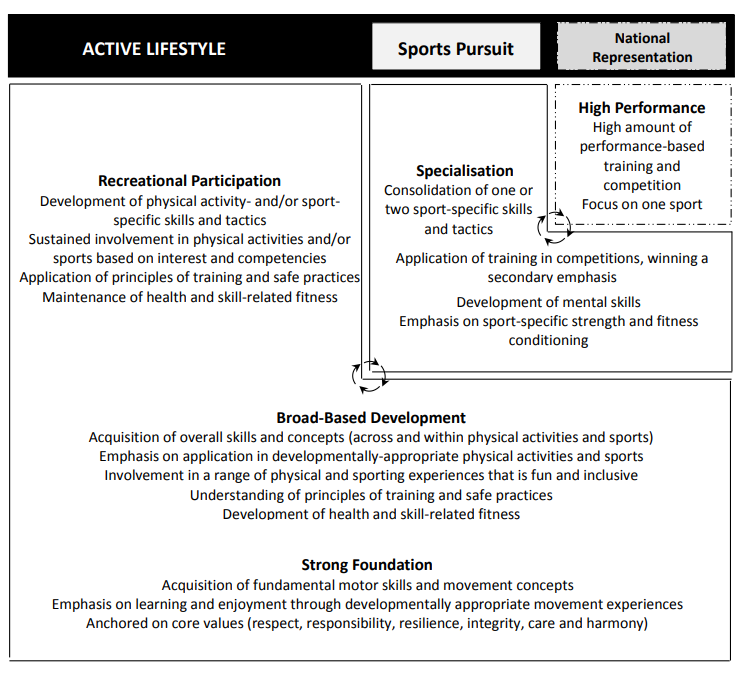
The key developmental programmes are:
| Primary 1 | Caterpillar Series |
| Primary 2 | Caterpillar Series, P2 CCA Experience |
| Primary 3 | Chrysalis Series, Unstructured Play |
| Primary 4 | Chrysalis Series, NAPFA Test, Unstructured Play |
| Primary 5 | Butterfly Series, P5 Adventure Camp, Swimsafer Programme |
| Primary 6 | Butterfly Series, NAPFA Test, P6 Olympiad |
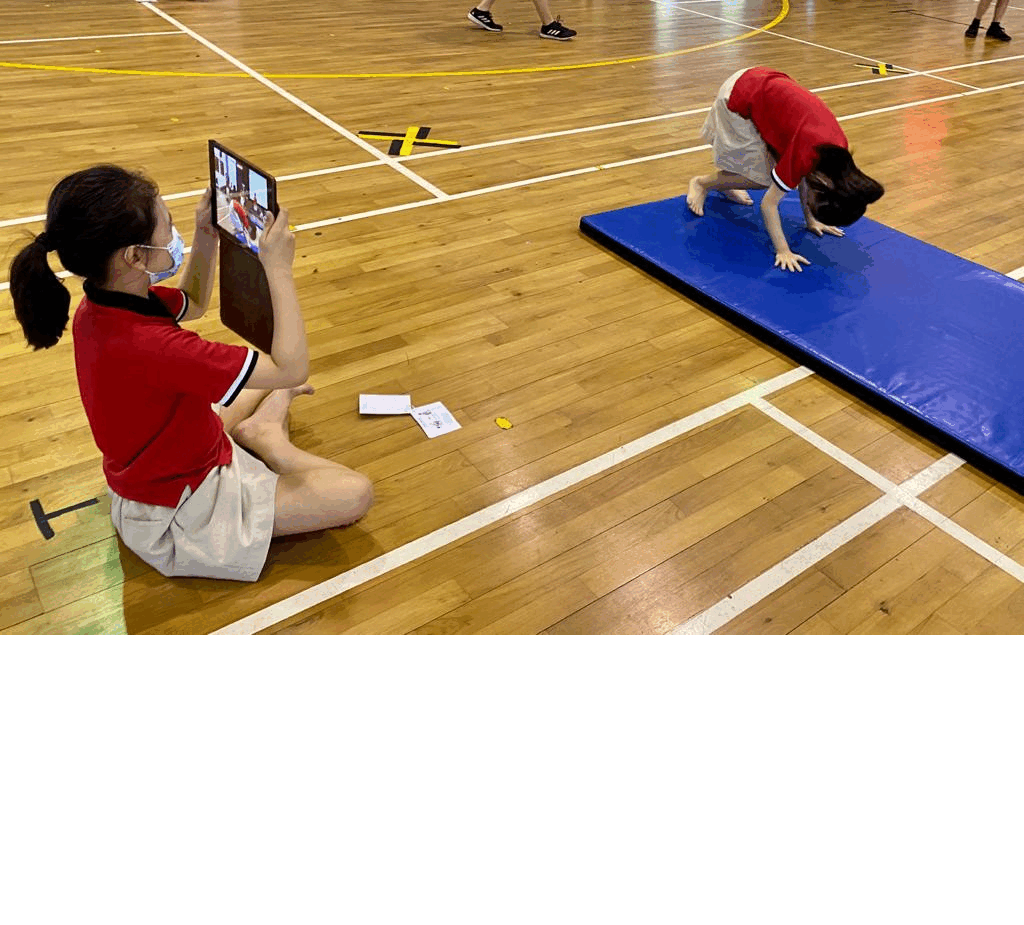
Art Education
The aims of art education are to enable every child to:
- enjoy art
- communicate visually
- make meaning through connecting with society and culture
Domain and key competencies:
| See | Express | Appreciate |
|
Through observation of their surroundings, students analyse and reflect on their visual and other experiences. By recording and interpreting this information, students will develop their skills in observation and visual inquiry, equipping them with tools to capture their observations and reflect on the outcome.
|
Students learn to express themselves through art by generate ideas from observation and exploring ways to create and communicate by using all sorts of materials, art forms and tools. Students also experiment and innovate with visual elements, qualities of materials, tools and artistic processes in order show their intention through their artwork.
| Students learn how to express their appreciation for art through acquiring skills and using appropriate vocabulary to discuss and interpret artworks. This leads to a deeper understanding of Singapore and the world around them, allowing them to drawing
inspiration from their environment. By learning
about artworks and artists from local and other cultures, this also leads them to become more well-rounded individuals who are better able to navigate the rich cultural landscape that is contemporary Singapore. |
Key developmental programmes are:
| Primary 1 |
Exploring Art, Expressing Self
|
| Primary 2 | Cultural Exposure, Making Marks |
| Primary 3 | Composing Images, Recycling Materials |
| Primary 4 | Environment and Heritage, Rendering Space |
| Primary 5 | Rendering in 3D, Graphic Design |
| Primary 6 | Visual Communication, Surrealism and Juxtaposition |
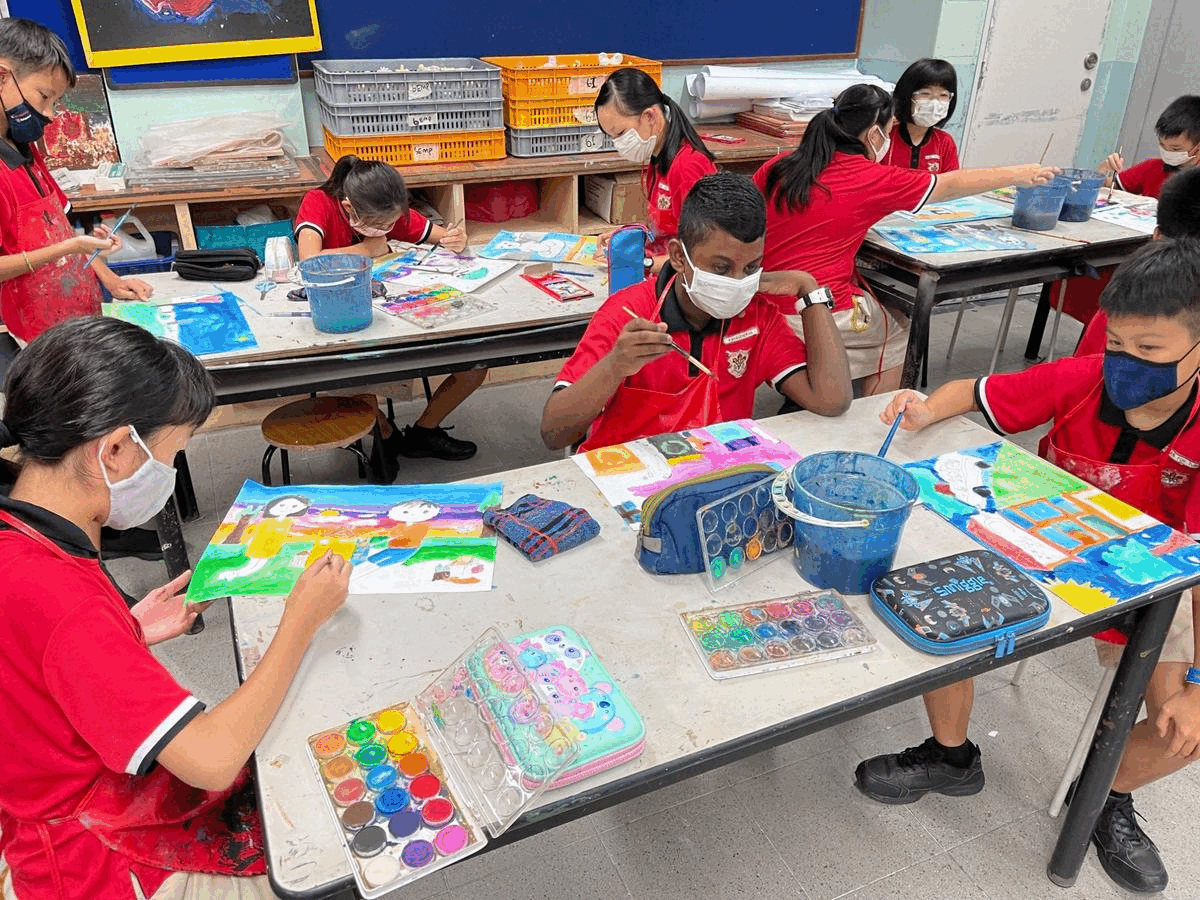
Music Education
The aims for music education are to:
- develop awareness and appreciation of music in local and global cultures
- develop ability for creative expression and communication through music
- provide the basis to develop an informed and life-long involvement in music
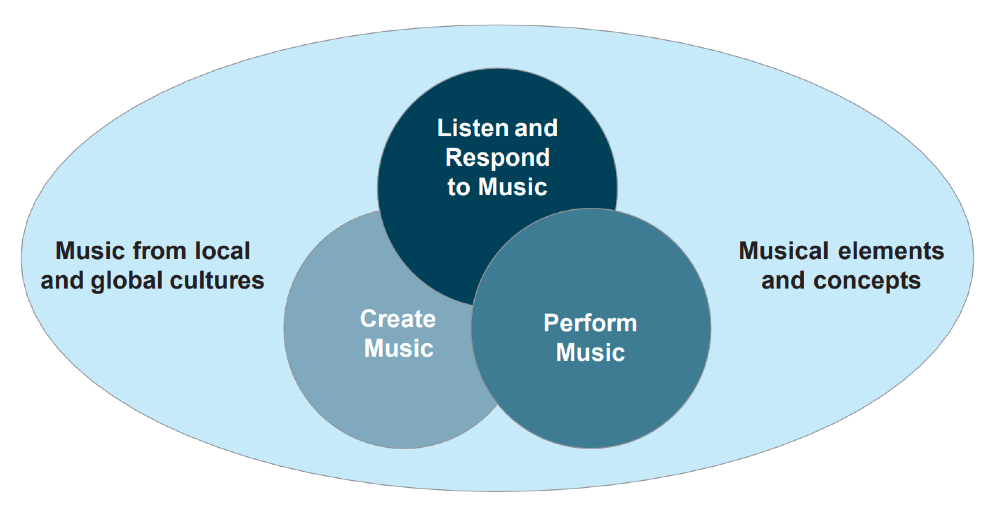
Learning Outcomes:
LO1: Perform Music in both instrumental and vocal settings, individually and in groups
LO2: Create Music in both instrumental and vocal settings, individually and in groups
LO3: Listen and Respond to Music
LO4: Appreciate Music in local and global cultures
LO5: Understand musical elements and concepts
Key developmental programmes are:
| Primary 1 | Singing Games |
| Primary 2 | Angklung Playing |
| Primary 3 | Ethnic Percussion |
| Primary 4 | Ensemble Playing |
| Primary 5 | Garageband |
| Primary 6 | Ukulele Playing |
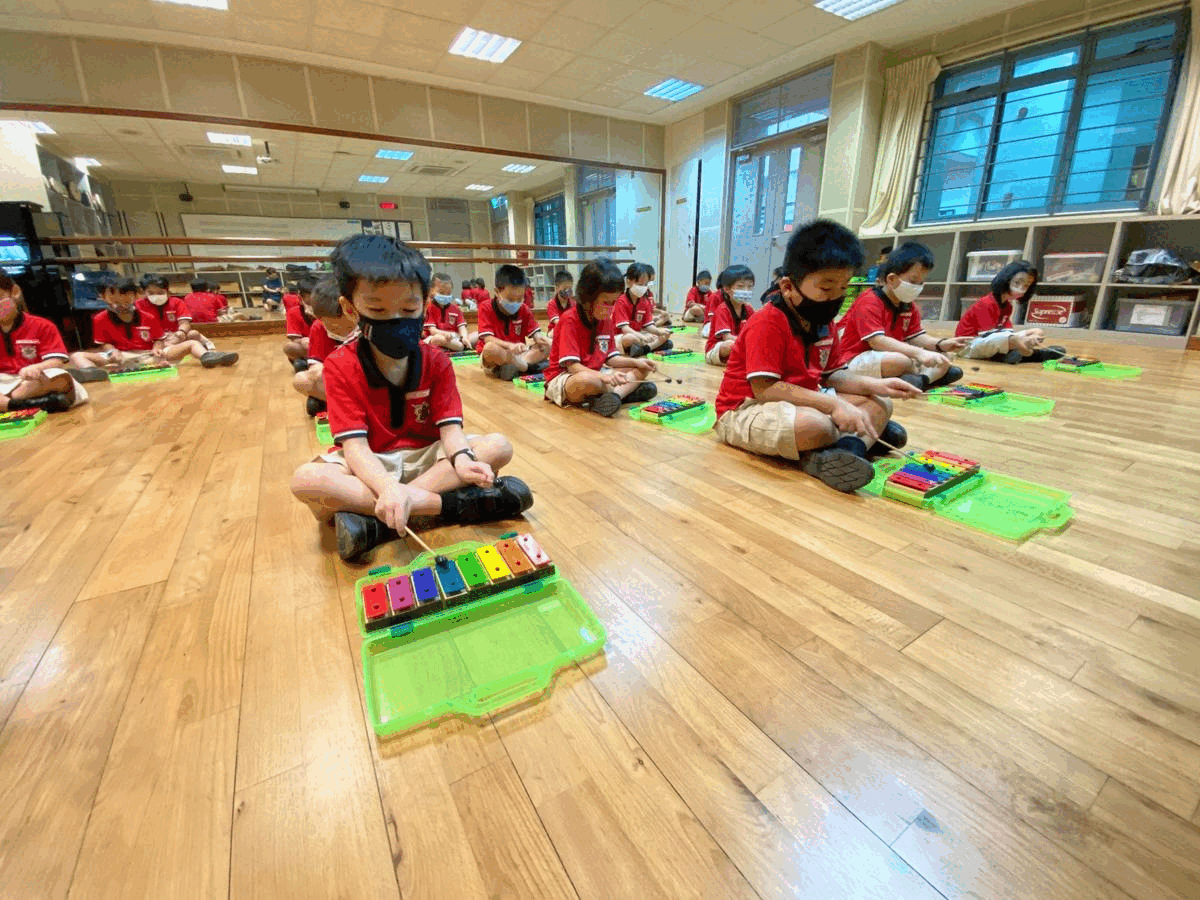
Co-curriculum – Programme for Active Learning
The school offers Programme for Active Learning (PAL) that focuses on learning beyond the classroom. This is in line with MOE’s approach in learning to prepare students for the 21st Century and to bring about Joy of Learning, Entrepreneurial Dare and Singapore Spirit.
PAL provides students the opportunity to experience the joy of learning through the acquisition of new skills and the discovery of new interests. They will also display traits of Entrepreneurial Dare and a Growth Mindset of ‘I Can learn’ by thinking of innovative ways of doing tasks. The students preserve to solve problems posed to them during the PAL activities. PAL is customised to encourage students to embrace the Singapore Spirit. This is achieved through character development embedded in the activities where students learn how to work as a team and accepting each other’s differences. They also give peer support to their friends during group activities where they learn how to ask for help politely but also give a helping hand to a friend in need. This set their journey into becoming Reflective Learners and Gracious Citizens.
The table below shows the exciting activities in PAL sports, outdoor education, performing and visual arts that the Primary 1 and Primary 2 students are experiencing in the various PAL modules:
Module 1 | Module 2 | Module 3 | |
| Primary 1 | PAL Dance | PAL Drama | PAL Sports and Games |
| Primary 2 | PAL Art | PAL Outdoor Education | PAL Music |
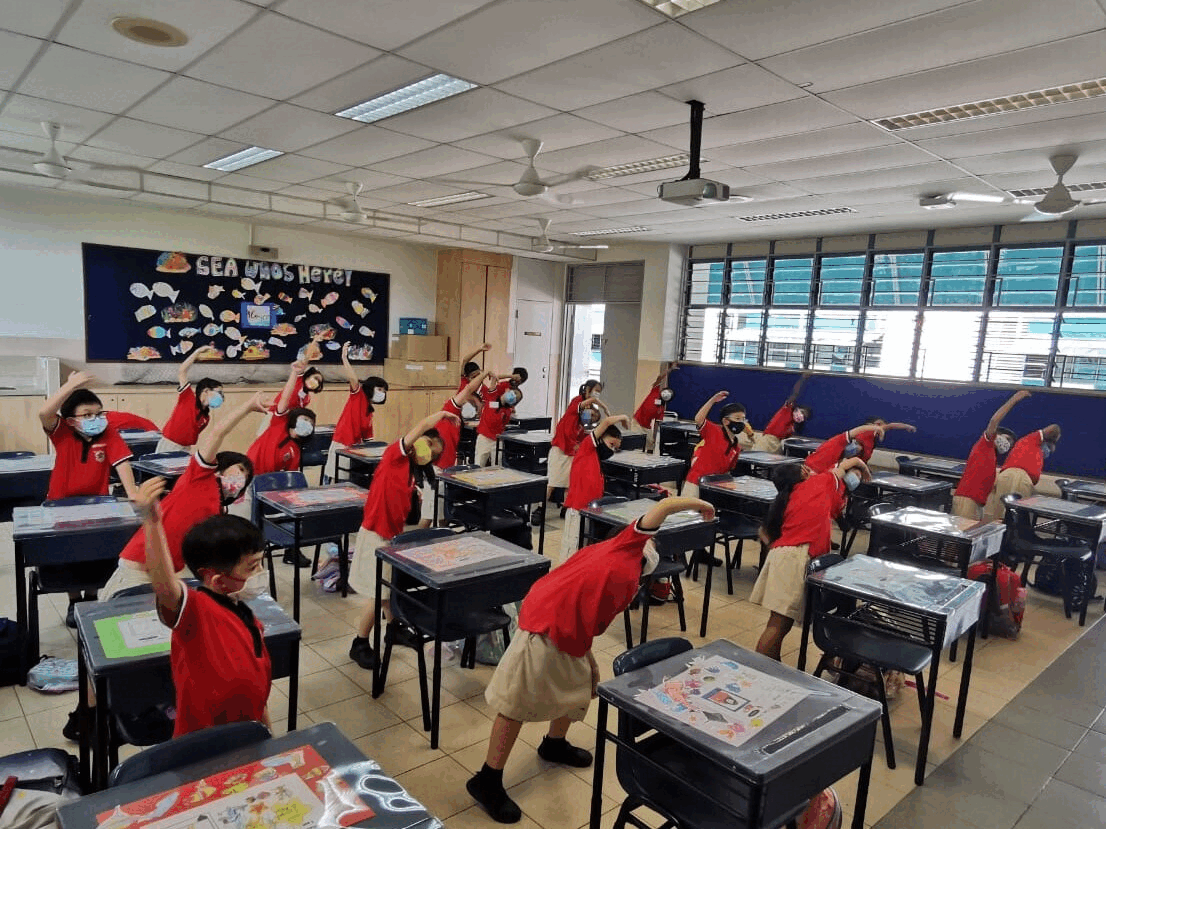
Characteristics of PAL Modules
All the modules engage students through their heads, hearts and hands. They are designed with the following five characteristics in mind:
1. Experiential in nature
They provide students with meaningful engagement through experiential learning in a safe environment. Reflection time is included to give students opportunities to express their thoughts and feelings, and build confidence in communication.
2. Encompasses learning in a creative way
They provide students the space to explore ideas to a new situation, to deepen their learning, make new connections to the previous skills and knowledge, and make new self-discovery.
3. Provides opportunities for children to create
They provide opportunity for creative expression which helps students learn at a deeper level, provides enjoyment and leads to problem-solving.
4. Incorporates values education and social-emotional learning
Through individual and group activities, students are able to learn about themselves and understand how to better relate to and work with others in a team, which is an important competency to acquire to thrive in a globalised world.
5. Fun and enjoyable
By focusing on the process of learning, the thinking and doing during the experience, and not just on the end product and skills acquisition, PAL allows students to expand into new areas that are both enjoyable and challenging so that they will be able to make connections and appreciate the finer things in life.

